EL66xx - Non Realtime
EL66xx and Ethernet transport via mailbox communication
In addition to regular cyclical process data exchange an EtherCAT master offers a further mechanism for transporting data to an EtherCAT slave or reading data from it. This mechanism is used for one-time or dynamically alternating Data Exchange, such as e.g. the parameterization of an EtherCAT slave. Mailbox communication can also be used for transporting large data blocks acyclically on request from master or slave. This additional communication takes place between the cyclical process data frames (the conventional EtherCAT frames) on the EtherCAT bus.
 | Data throughput in mailbox communication Since mailbox communication can only take place between the regular process data frames, data throughput with this communication method depends on the load of the EtherCAT bus. This means that the Ethernet throughput of the EL6601 also depends on the load of the underlying EtherCAT fieldbus. |
The EoE method (Ethernet over EtherCAT) is used for the EL66xx. Dedicated settings are available for this in the System Manager.
Data throughput
The data throughput of the EL66xx in Ethernet frames or bytes/second depends on
- The EtherCAT cycle time on the fieldbus: The shorter the EtherCAT cycle used for the process data, the more acyclical mailbox queries can be completed. If several different EtherCAT cycle times are used in an EtherCAT strand the fastest cycle time is the relevant time
- The time between the process data frames that is available for mailbox communication: The longer the Ethernet line is free for acyclical mailbox communication, the higher the Ethernet data throughput of the EL6601.
- The mailbox size in bytes: The larger the mailbox, the more Ethernet frames the EL6601 can send to the EtherCAT master or received from it simultaneously.
- The number of terminals in the EtherCAT system that use mailbox communication at the same time.
- The EoE settings in the TwinCAT System Manager, see the EoE section.
The following values were determined as samples (TwinCAT 2.10, 2.11)
- > 5 Mbit/s from the EL6601 to the Ethernet device
- > 2 Mbit/s from the Ethernet device to the EL6601
with an EtherCAT cycle time of 100 µs and a mailbox size of 1024 bytes.
 | Tips for shortening the response times We recommend the following procedure to shorten the response times in your application (e.g. to ping requests): Significantly lower the EtherCAT cycle time currently being used or insert a new task with a lower cycle time, e.g.: 500 µs if up to this point you have been using 2.5 ms EtherCAT cycle. Important: This task must access genuine IO process data from the EtherCAT slaves and be recognizable under Device EtherCAT -> Tab EtherCAT, see Fig. Real frame structure from the TwinCAT System Manager |
 Fig.9: Real frame structure from the TwinCAT System Manager
Fig.9: Real frame structure from the TwinCAT System Manager | Note regarding the specified values These values are typical values without warranty. Throughput rates may differ in different applications depending on boundary conditions. |
Address assignment
From FW03 onwards, the EL6601/6614 can also assign IP addresses to connected devices and works as a DHCP or BOOTP server for one device. The following settings are required in the System Manager (EL66xx --> Advanced Settings --> Mailbox --> EoE):
- Setting "Switch Port", Fig. Default setting of the EL66xx as switch port without IP address assignment.
The EL66xx works like a normal switch and passes Ethernet frames transparently through to TwinCAT/Windows - Setting for “IP Port”, Fig. From FW03: Settings for dynamically assigned IP address
The EL66xx works with address assignment to one connected Ethernet device. A DHCP or a BootP Client must be activated in the device (refer to the network adaptor settings in the operating system). The EL66xx responds to the device’s corresponding DHCP/BootP query by assigning the specified IP address/subnet mask to the device. In the DHCP method this address is regularly queried by the client and assigned to the server/EL66xx.
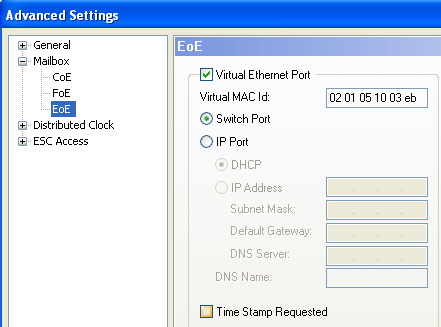 Fig.10: Default setting of the EL66xx as switch port without IP address assignment
Fig.10: Default setting of the EL66xx as switch port without IP address assignment Fig.11: From FW03: Settings for dynamically assigned IP address
Fig.11: From FW03: Settings for dynamically assigned IP addressPlease note:
- The “DHCP” checkbox must not be used - the “IP address” checkbox activates the DHCP/BootP function in the EL66xx.
- The Gateway, Mask and Server settings are likewise communicated to the client/the device
- Only one address can be assigned, i.e. no switch with connected subscribers may follow.
- the address range must be identical to that of the EtherCAT adapter.
- DHCP Server Identifier: several DHCP Servers need a ServerID in the response telegram.
Solution for the EL6601 from firmware 15: the value 0x1000 has to be entered in the object 0xF800:01. If a Default Gateway is registered in the EL6601, it is used as a DHCP Server Identifier.
Mailbox settings
The mailbox size can be modified in the Beckhoff TwinCAT System Manager:
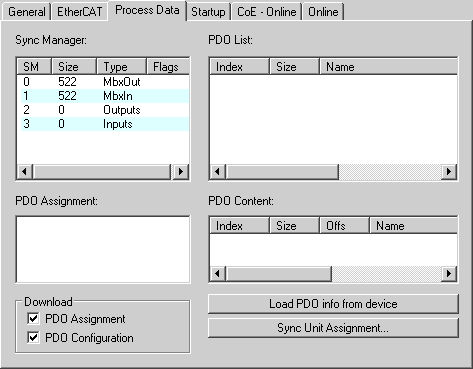 Fig.12: Default mailbox settings
Fig.12: Default mailbox settingsBy default the mailbox is set to 522 Byte Input and 522 Byte Output (20 Ahex), see Fig. Default Settings of the Mailbox, Entries for SyncManager 0 and 1. To increase the data throughput the size of the mailbox can be increased to 1024 Byte, see Fig. Increasing the Size of the Mailbox.
 | Default mailbox size As of Revision EL66xx-0000-0018 the mailbox is already set to 1024 Byte by default in both directions, therefore it cannot be further enlarged. |
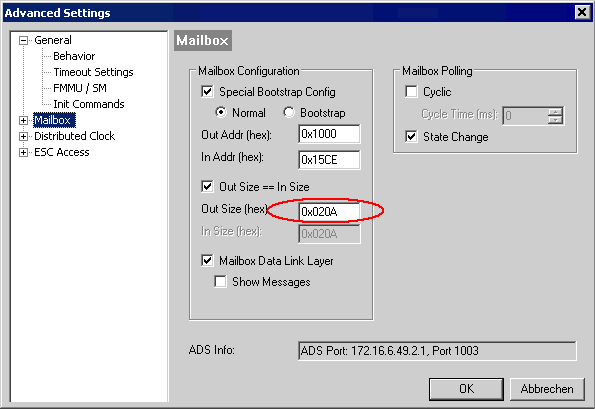 Fig.13: Increasing the mailbox
Fig.13: Increasing the mailboxUnder EL6601 -> EtherCAT tab -> "Advanced Settings…" -> "Mailbox" the "Out Size" can be set to hexadecimal values between 42dec/2Ahex and 1024dec/400hex bytes. Ethernet frames that are larger than the EL6601 mailbox are fragmented by the EL6601 or the EtherCAT master and reassembled after passing through the EtherCAT system.
Virtual switch setting
The EL66xx devices in the TwinCAT system generally appear as virtual switches, with the EtherCAT system as the "backbone".
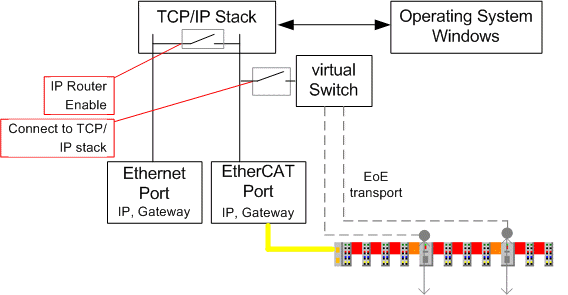 Fig.14: TwinCAT 2.11, virtual TwinCAT switch
Fig.14: TwinCAT 2.11, virtual TwinCAT switchThe required settings will be found under TwinCAT | EtherCAT device | Advanced settings
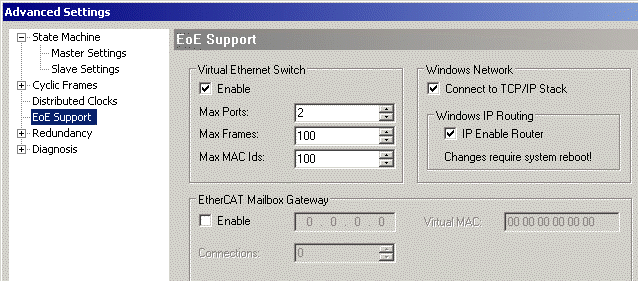 Fig.15: TwinCAT 2.11, virtual TwinCAT switch
Fig.15: TwinCAT 2.11, virtual TwinCAT switchNotes
- If a large number of EL66xx devices are used along the EtherCAT strand it may be helpful to increase the value of MaxFrames
- If the EL66xx is used exclusively to transfer network variables, ConnectToTcpStack should be deactivated
- IP-routing is active by default. This can also be checked by entering "ipconfig /all" on the command line (Windows)